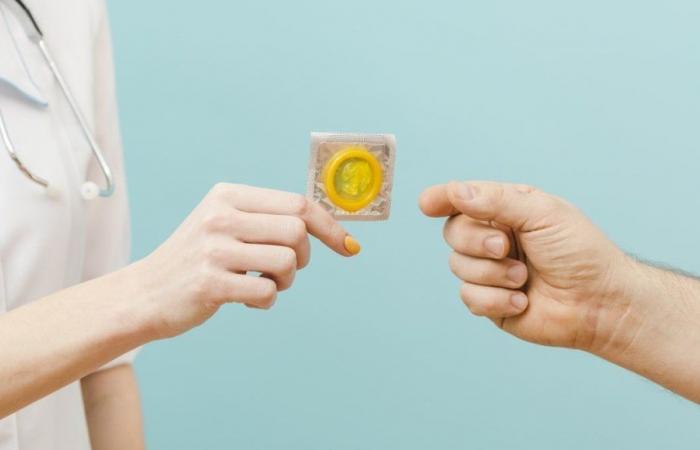The rise of sexually transmitted infections (STIs), especially among the younger population, worries Health leaders. In 2022, 10.6% of new patients diagnosed with HIV corresponded to young people under 25 years of age, with 37% of them having a delay in diagnosis. Likewise, in that year there were 10.2% of new diagnoses of syphilis23.8% of gonorrhea and 37.6% of chlamydia.
These data have been presented this week with the new campaign that has prepared the Ministry of Health, with the aim of reinforcing prevention and early detection, as well as raising awareness among young people and the vulnerable population. All with the aim of preventing these diseases from becoming a serious public health problem by 2030.
Some of these STIs cause concern not only because of the increase in their incidence, but also because of the antibiotic resistance that some strains are demonstrating. For example, recent European surveillance studies have found that strains of gonorrhea isolated and resistant to a broad-spectrum antibiotic, azithromycin, has increased 10 points in one year (14.2% in 2021 vs. 25.6% in 2022).
New diagnoses of gonorrhea have skyrocketed by 37.6% in 2022
In these circumstances, it is worth remembering what the protection methods against resistant STIs to promote its prevention.
- First of all, it is important to carry out all the sexually transmitted disease testing, especially if you have a new sexual partner or if you have unprotected sex. These tests are a type of kit capable of identifying several pathogens in the same test, since they are based on the identification of the DNA of the most common STI strains. Although the tests can be requested from the doctor, there are also self-diagnosis options that are performed at home.
- Furthermore, it is worth remembering that the condom use It is essential in the prevention of STIs. This is not only a contraceptive method, but it also serves to transmit any sexual disease transmitted through genital secretions, especially when you do not have a stable sexual partner or when you have sex with infected people. However, it is worth remembering that condoms do not protect against STIs that are transmitted through skin contact, such as syphilis and genital herpes.
- To ensure maximum protection, it is recommended do not share sex toys or, failing that, ensure that they have been properly cleaned and disinfected before use.
- There are some methods to protect from STIs during oral sex such as ‘dental dam’. It is a single-use oral barrier, generally made of latex, that is placed over the vagina or anus when having oral sex or contact between two vulvas. In this way, direct contact is avoided while it is possible to fully enjoy the sexual act.
- In addition to these sexual protection measures, it is worth remembering that there are prevention vaccines against some STIssuch as HAV, HBV and HPV, also against the hepatitis A virus. You can contact your doctor for more information about this.
- It is also important to maintain a adequate and sincere communication with your partner, letting you know if any symptoms are suspected or if a positive diagnosis has been received. Additionally, the administrations’ indications include being careful when having sexual relations under the influence of alcohol, since protective measures may be reduced, as well as going to a doctor if symptoms of any kind occur.






